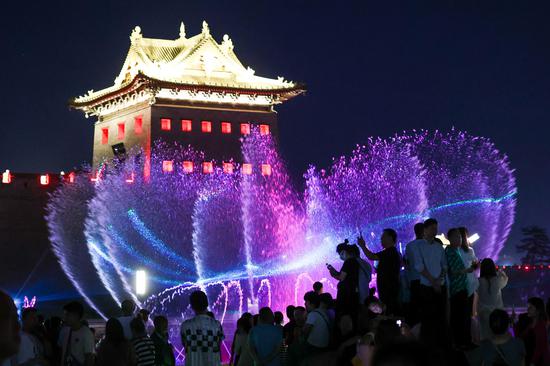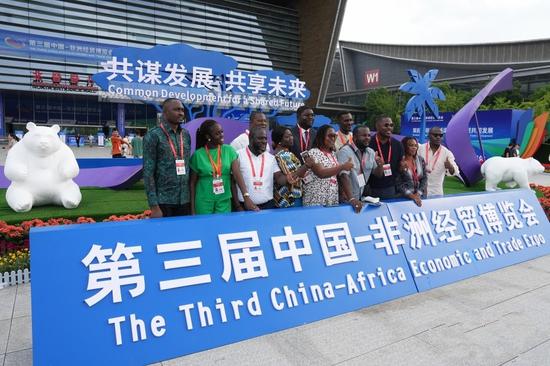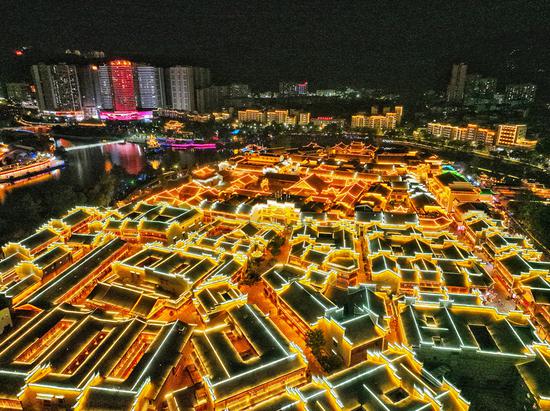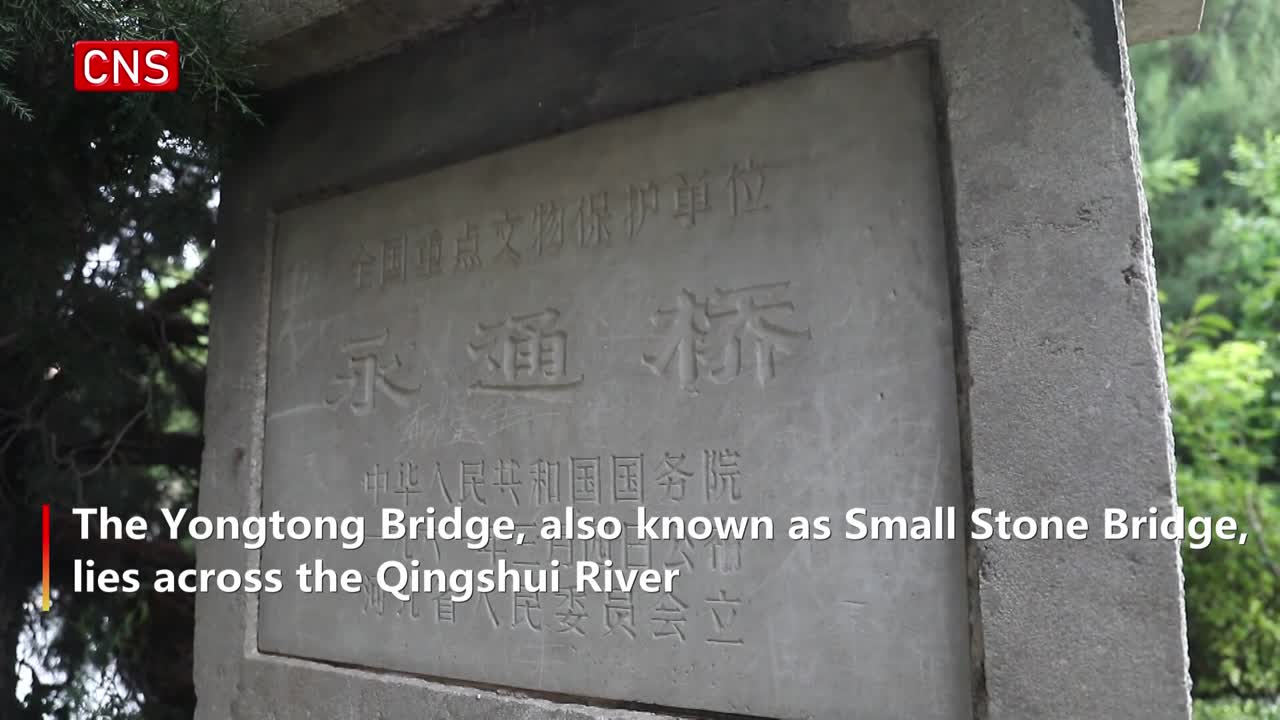
Artworks are in display at the exhibition hall of intangible cultural heritage in Yangzhou City, east China's Jiangsu Province, June 28, 2023. (Photo: China News Network/Jing Yuxin)
(ECNS) -- "It will be great to live in this city," said Salguero Solis Jonathan Esau, a young vlogger from El Salvador. He is one of a group of "Generation Z" from Russia, Equatorial Guinea, Turkmenistan, El Salvador, and Bangladesh, who visited an exhibition hall showcasing intangible cultural heritage in Yangzhou City, east China's Jiangsu Province on Wednesday.
From Yangzhou paper cutting and Yangzhou Lacquerware to woodblock printing technique, a wide range of Yangzhou intangible cultural heritage projects were on display, leaving a strong impression on the youths.
Young vloggers were invited to experience simple techniques of woodblock printing with the guidance of Zhu Xu, an inheritor of the traditional technique and grandson of master Chen Yishi.
"Look at my artwork! Isn't it beautiful?" said Nurberdiyev Eziz from Turkmenistan, raising his work after experiencing the intangible cultural heritage. "China's traditional culture is very impressive. In Yangzhou dialect I just learnt, it's 'gua gua jiao (pretty good)'," said Hasan Mahady from Bangladesh. "I'm planning to sell my first woodblock print for 3,000 yuan (about 413.6 U.S. dollars)," he joked.
The art of woodblock printing in Yangzhou dates back to the Tang Dynasty (618-907) and experienced unprecedented development during the Qing Dynasty (1644-1911). More than 3,000 volumes of books, including the Complete Tang Poems, were produced with the woodblock printing technique during the reign of Emperor Kangxi (1661-1722).
In October 2009, the traditional Chinese engraved block printing technique was inscribed on the Representative List of the Intangible Cultural Heritage of Humanity by UNESCO.
With a history of over 2,500 years, Yangzhou is honored as a "National Civilized Model City", and won the United Nations’ Habitat Scroll of Honor Award in 2006.(By Jing Yuxin)



















































 京公网安备 11010202009201号
京公网安备 11010202009201号